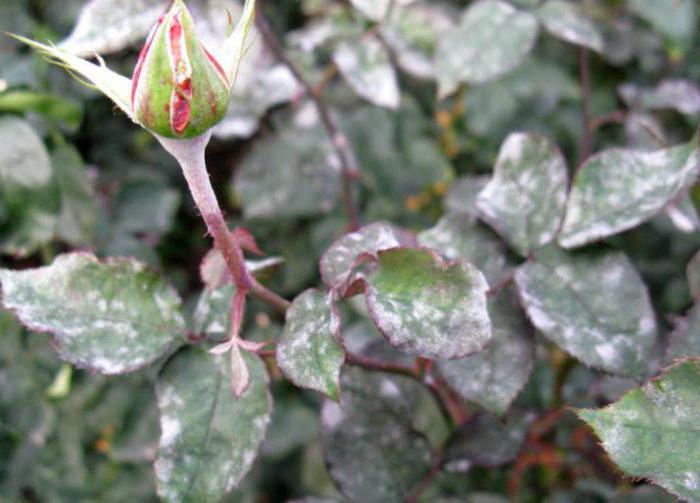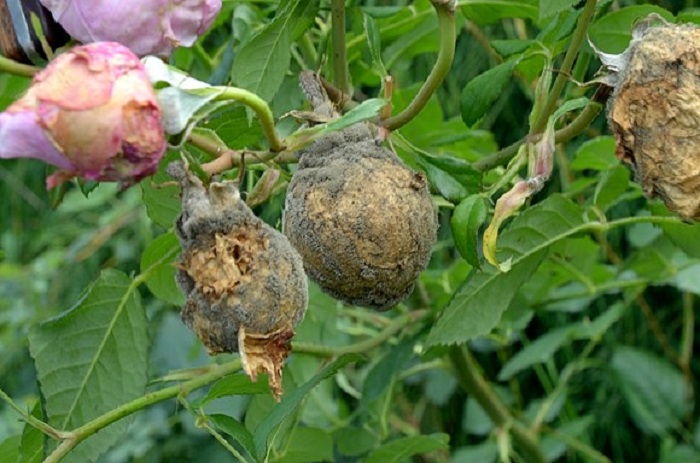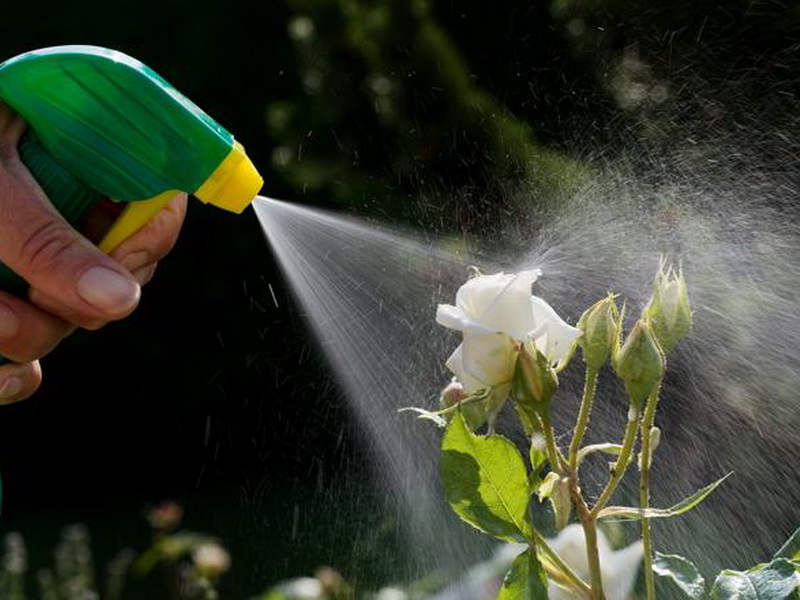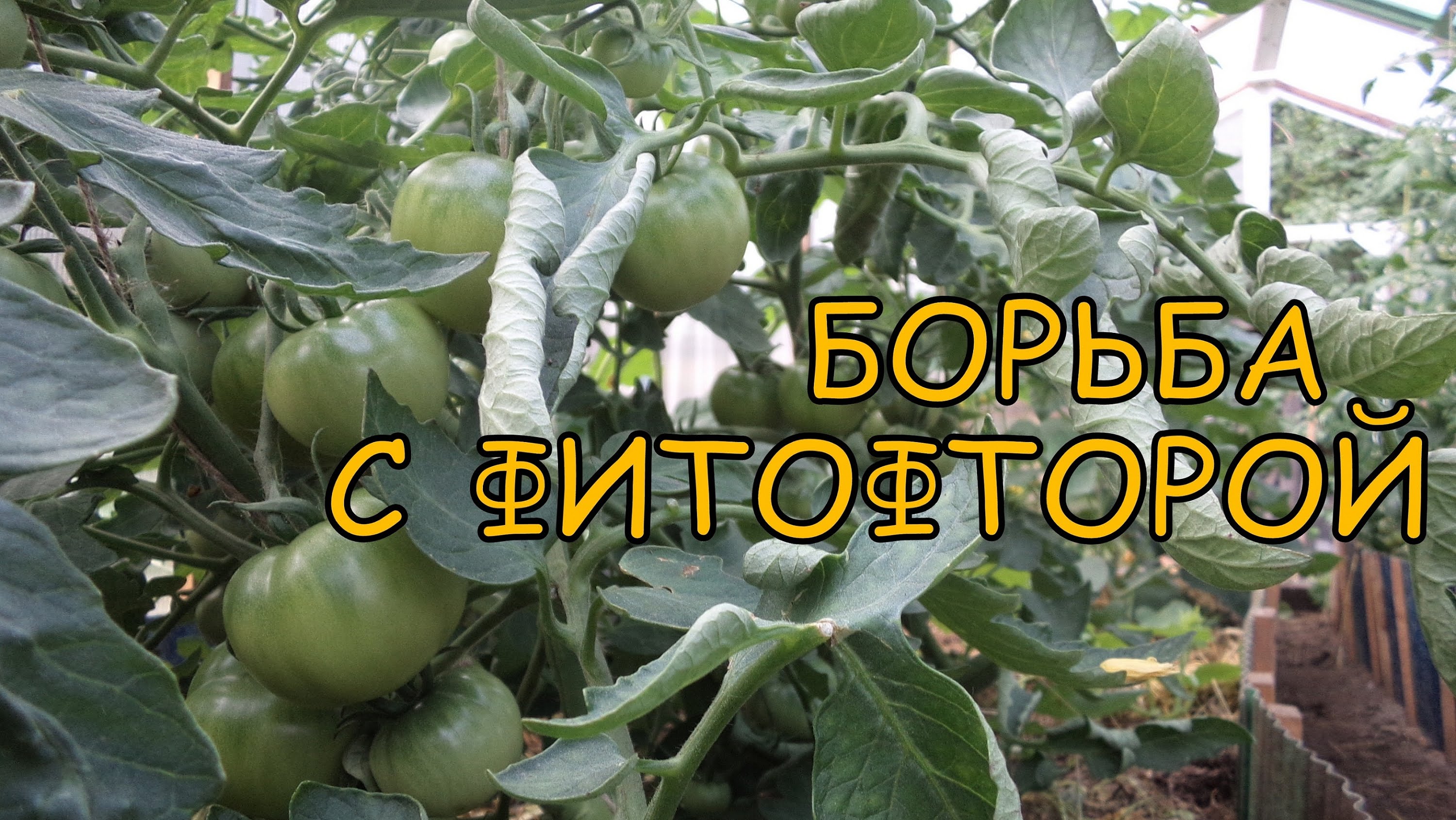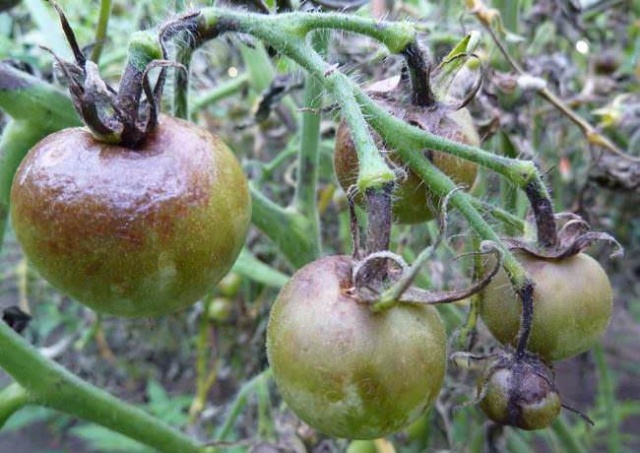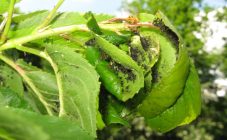Content:
Disease of gray rot or botrytis is a type of fungal. Active movement through exposure to wind, rain, birds and insects promotes the spread of the lesion towards the root system from the apical part. Detection of signs of gray rot is possible only during the opening of the buds. In the publication, the reader will learn what gray rot on roses is, how to deal with it, why it occurs and what preventive measures must be followed.
Specificity of the disease
The manifestation of such a disease as gray rot is remarkable in that the healthy dense tissue of the plant is not affected by it - only the deformed and weak parts of the planting are damaged.
The shoot tips of infected roses that were not covered before the start of the winter season have small brown spots that go a little deeper inward.
The buds and stipules that appear become the place where brown spots are formed, which in a short time turn into a gray-white bloom. Later botritis reaches the petals, which become covered with a gray bloom and subsequently dry out.
List of causes of infection
The spread of gray rot on roses through the buds is carried out instantly, because of which they often do not have time to bloom.
Botrytis on roses is dangerous because of its presence on flowers. However, favorable conditions for bacteria are necessary for the development of the disease. The spread of the pathogen will occur:
- When the 70% air humidity level is exceeded, as well as at an average temperature of + 20 ° C. For the germination of mature spores, a temperature of + 30 ° C is required - when this mark is exceeded and decreased, the spread of this pathogen does not occur, however, it is not destroyed, waiting for it to enter a favorable environment.
- An excessively close arrangement of rose bushes when planting in the ground contributes to a violation of the necessary aeration, which leads to the formation of air stagnation, in which conditions the fungal bacteria multiply rapidly.
- Due to the deficiency of nutrients, the plant's immunity becomes weaker, which does not allow it to fight the infection.
- Another condition is the presence of mechanical damage or attack by insect pests.
Prevention - how to eliminate the causes of gray rot
Correct treatment of this disease is possible only with a full understanding of the specifics of its distribution, which occurs in several stages:
- Entering the plant through deformations and small microcracks.
- Spread of microbes during the incubation period. Detection of the disease at this stage is not possible.
- The onset of severe symptoms and further progression of the disease.
- Dying off of infected parts or death of the plant.
Taking into account the specifics of the development of the disease, it can be concluded that it is easier to carry out preventive work than to further treat plants.
But if, nevertheless, the plant has become infected with gray rot, then it is treated like this: you need to take metronidazole in tablets, dissolve 1 piece of the drug in a liter of water and add a drop of iodine. Spray a rose with a solution - the disease will not develop further.
There is a list of tips for caring for roses:
- By timely fertilizing, this will maintain the required environment.
- It is necessary to carry out sanitary and seasonal pruning of shrubs.
- In the fall season, fallen leaves are collected and burned.
- The bushes are sprayed with insecticides.
Knowing what gray rot or botrytis on a rose is, the treatment of which is considered troublesome, and therefore it is better to immediately take preventive measures.
